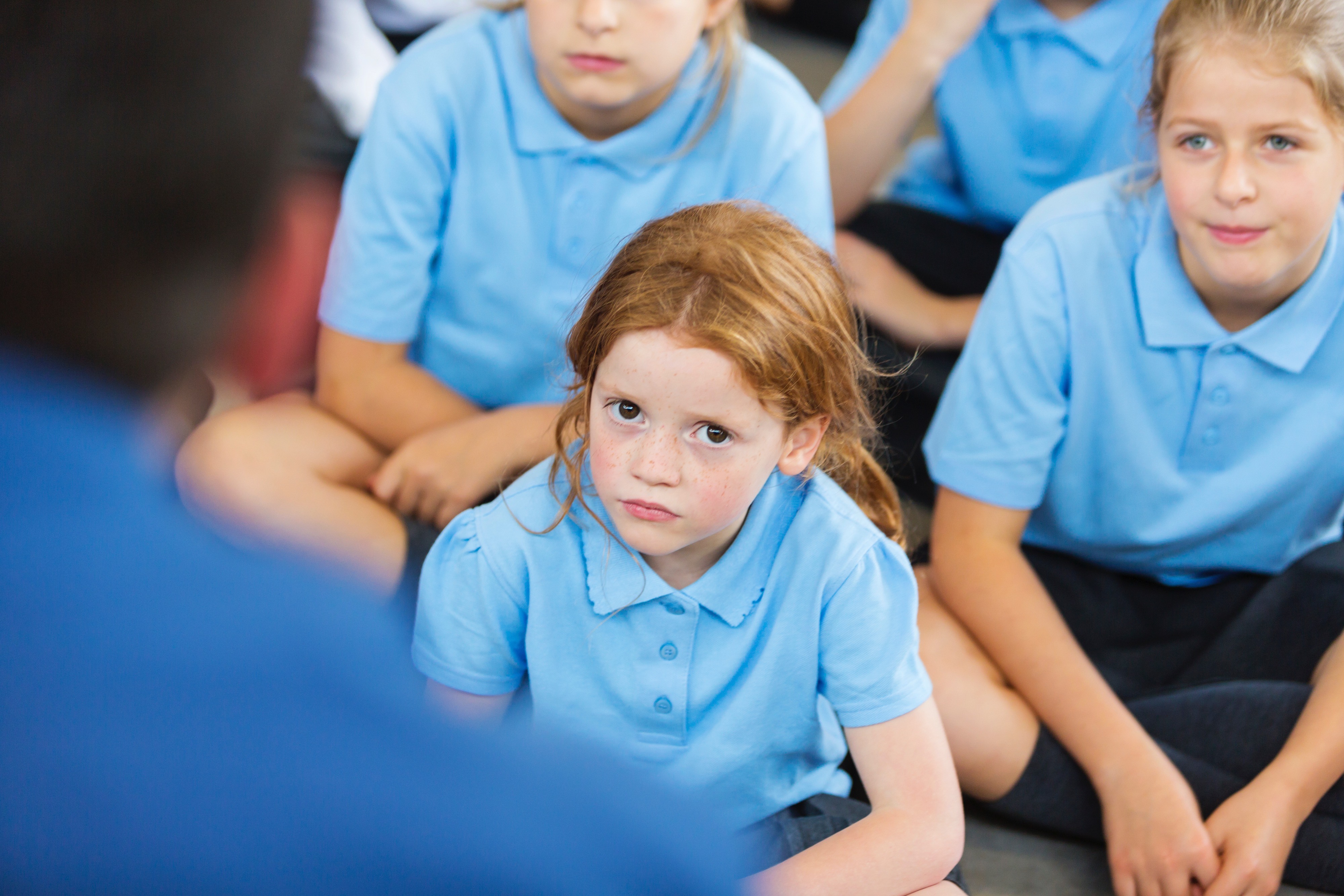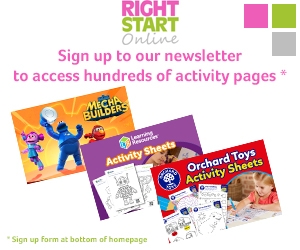Creating happy classrooms
Published
With a growing number of children under seven suffering mental health conditions such as anxiety and depression, an ex-teacher has come up with some easy classroom techniques that teachers can use to help children feel nurtured and safe.

It’s widely known that children who feel they are in a secure environment will not only learn better, but feel better too. But it can be easy to overlook, as teachers grapple with the everyday classroom demands. Check out education expert Becky Cranham’s* teacher tips – are they being put into practice at your child’s school?
Get to know every child in the class
Teachers can take some time each week to learn a new fact about each child. They could give each child a card and ask them to share something interesting about themselves, either in writing or as a drawing.
Encourage every child to have a voice
It’s often the same children putting their hands up to answer a question. Teachers can use Flip Sticks to keep track of who has already contributed and to encourage the whole class to take part in discussions.
Be playful and have fun
Play fosters creativity, collaboration and problem solving, all important for mental health. Teachers should make sure there is time for children to play, whether it’s a numbers game, role-play or a team-building game to foster class relationships.
'Name and tame' emotions
This gives children and adults the language to describe how they are feeling. Teachers could display an ‘Emotions Poster’ in the classroom and encourage children to refer to it throughout the day, or give them each an individual feelings monitor to encourage them to identify when they feel different emotions.
Take a 'mood' register
When answering their name in the register, ask children to give a number from 1 to 10 to show how they are feeling that day. The teacher can follow-up with any low-scoring children for a private chat, and other children can be aware of how their peers are feeling, giving them the chance to offer encouragement and support.
Acknowledge feelings
Children should know that they are allowed to feel happy, angry or sad, but that they are not allowed to bully or hit. When dealing with behaviour, it’s good to help both the child concerned and the other children in the class to understand that there are appropriate and inappropriate ways of dealing with difficult emotions.
Move on from a negative experience
Sometimes it’s important to help children (and colleagues) to see past the latest disastrous playtime or challenging lesson and focus instead on the bigger picture. Does it really matter if a child’s best friend is reading faster? Perhaps they have performed faster with something else? Do they really want to end the friendship with their best friend over the argument they had at playtime?
Take learning outside
It doesn’t have to mean traipsing around a forest looking for earthworms (although this kind of outdoor learning is extremely valuable, too). Exploring places of worship, streetscapes, architecture, local businesses, museums, galleries, parks and shopping centres all provide rich experiences and great opportunities for learning.
Learn from stories
Discuss the feelings and actions of characters when children are read to. Is there a better way they could have reacted? What led up to the crisis point? Analysing the actions and reactions of characters in a number of stressful situations can support children in identifying how they themselves react in certain situations and how they might react more positively next time. It’s also important to share stories that directly encourage empathy, sympathy and kindness in order to foster these traits in children.
Keep it calm
Being able to calm a class down is a skill that needs to be practised! Embedding periods of calm into your classroom through simple activities to help children feel safer and more peaceful, leading in turn to better learning.
*Becky Cranham, a former primary school teacher, is Lead Resource Creator of PlanBee, an education resources website.






